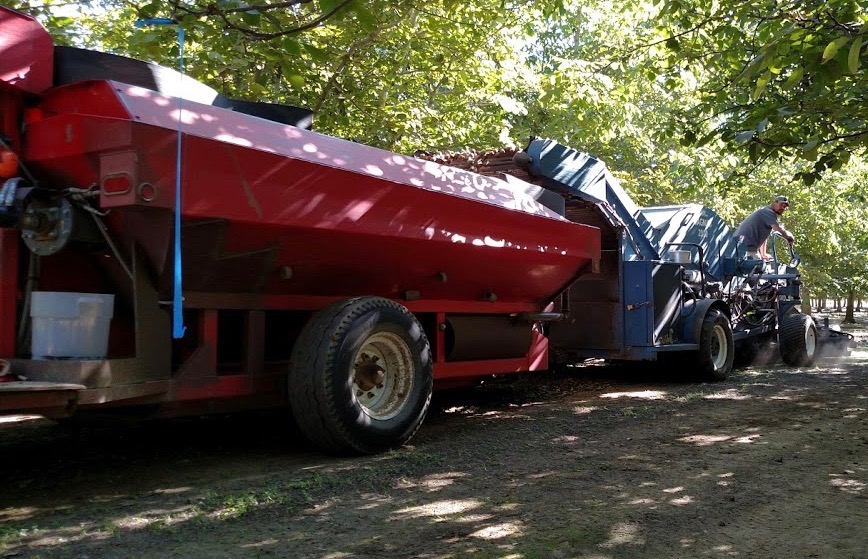Farm and Tractor Safety
Important to Maintain All Safety Equipment
By Rick Worthington, with Ag Information Network
Rollovers or overturns are involved in about half of the fatal tractor accidents and are responsible for many disabling injuries and much property damage.
With the use of protective frames and crush-resistant cabs with seat belts, the number of serious and fatal injuries from such accidents should decrease. Rollovers are generally due to driving too fast for conditions; striking surface hazards such as rocks, stumps and holes; running into ditches; hitching high for extra traction; driving on steep slopes; and operating front-end loaders improperly. Tractor upsets also occur when handling large round hay bales and other heavy loads with front-end loaders.
Falls from moving tractors often result in serious and sometimes fatal injuries. Many times the victim is a child, but operators and adult riders can also fall. Falls often occur from smaller and/or older tractors used around the farmstead, where extra riders and overhead hazards are more common than in fields.
Another cause of tractor-related death and serious injury is being caught by, or entangled in, rotating power takeoff (PTO) shafts. In most cases, the PTO shields were inadequate or had been removed.
Other tractor-connected injuries and damage involve:
- Colliding with motor vehicles or roadside objects;
- Slipping and falling while mounting and dismounting;
- Running over bystanders;
- Striking overhead hazards;
- Being struck by flying objects, broken parts, or hydraulic fluid;
- Being crushed by a poorly supported tractor during repair work;
- Sustaining cuts, bruises, burns and other nuisance, but painful injuries, connected with maintenance and routine operation;
- Being overcome by exhaust gases inside closed buildings;
- Being burned by fires that erupt during refueling or as a result of a collision or upset.













